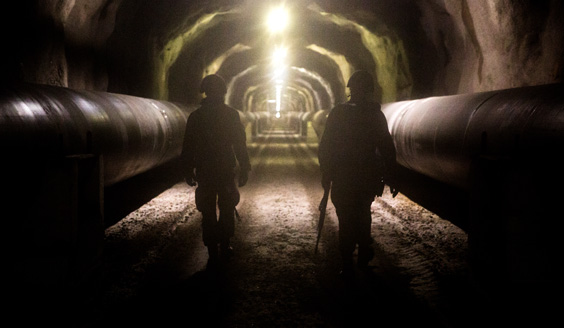
Standardisation
Standardisation is about coming up with common operating procedures. Standardisation increases the interoperability of equipment, it increase security, it protects the consumer and the environment and it facilitates national and international interoperability.
The Defence Forces apply international civilian and military standards. Civilian standards are applied when it is appropriate. Military standards are applied when their use is essential for interoperability. By using standards, the Defence Forces aim to
- improve materiel interoperability
- extend the life cycle of materiel
- develop military security of supply.
Military standards enhance the international interoperability of materiel, activities and operating procedures. Common standards make the execution of international crisis management operations easier, for instance, because there are then only slight differences in operating procedures.
Global actors in standardisation
The Finnish Defence Forces take part in international standardisation efforts within the framework of the European Defence Agency (EDA) and NATO.
EDA does not standardise on its own. Its primary aim is to steer the work of civilian organisations so that overlaps between civilian and military standardisations are avoided. EDA offers national authorities and the industry the EDSIS Portal and the EDSTAR Reference System, which are tools with which to disseminates information on standards.
NATO's standardisation efforts are coordinated, supported and administered by the NATO Standardization Office. The office website has an archive of NATO standards that can be downloaded. Based on agreements, the Defence Forces have the right to apply certain NATO standards. Under certain conditions, rights to these standards can be granted to national manufacturers.
Links
- Codification Centre
- EDA (European Defence Agency)
- EDSIS (European Defence Standardization Information System)
- EDSTAR (European Defence Standards Reference System)
- NSO (NATO Standardization Office)



